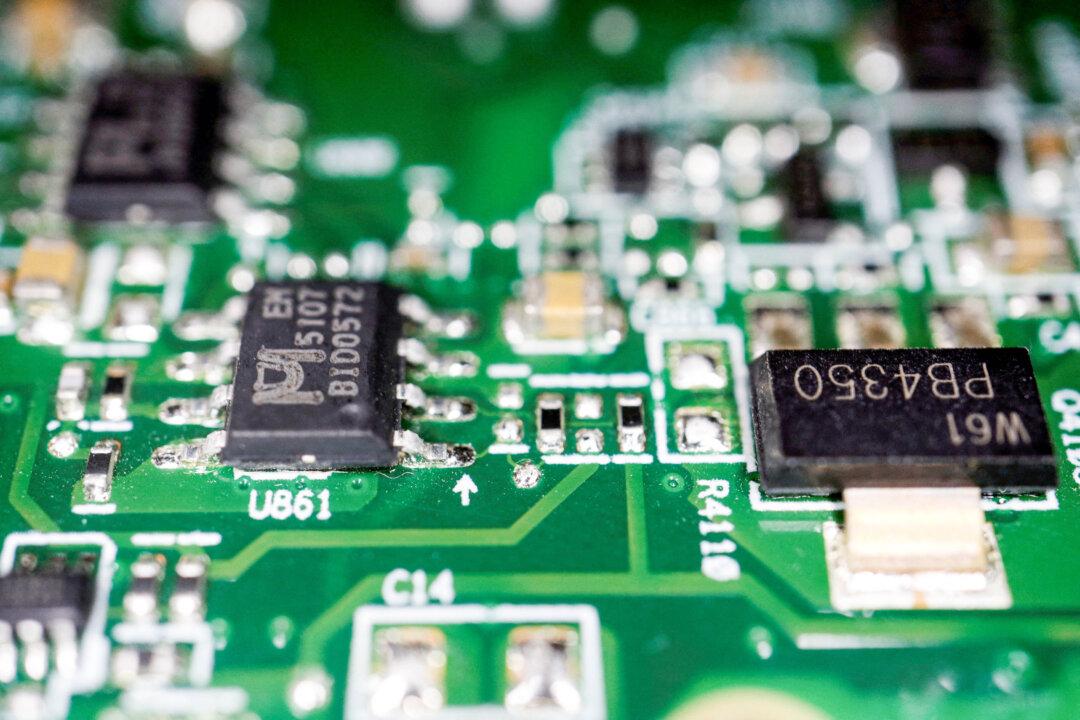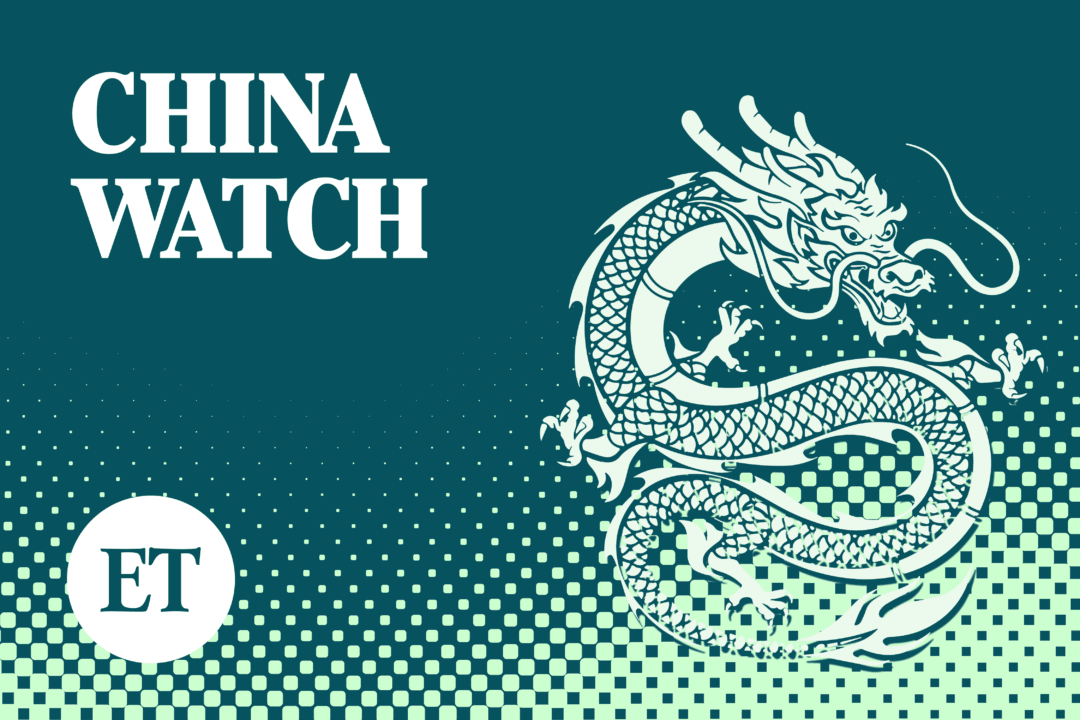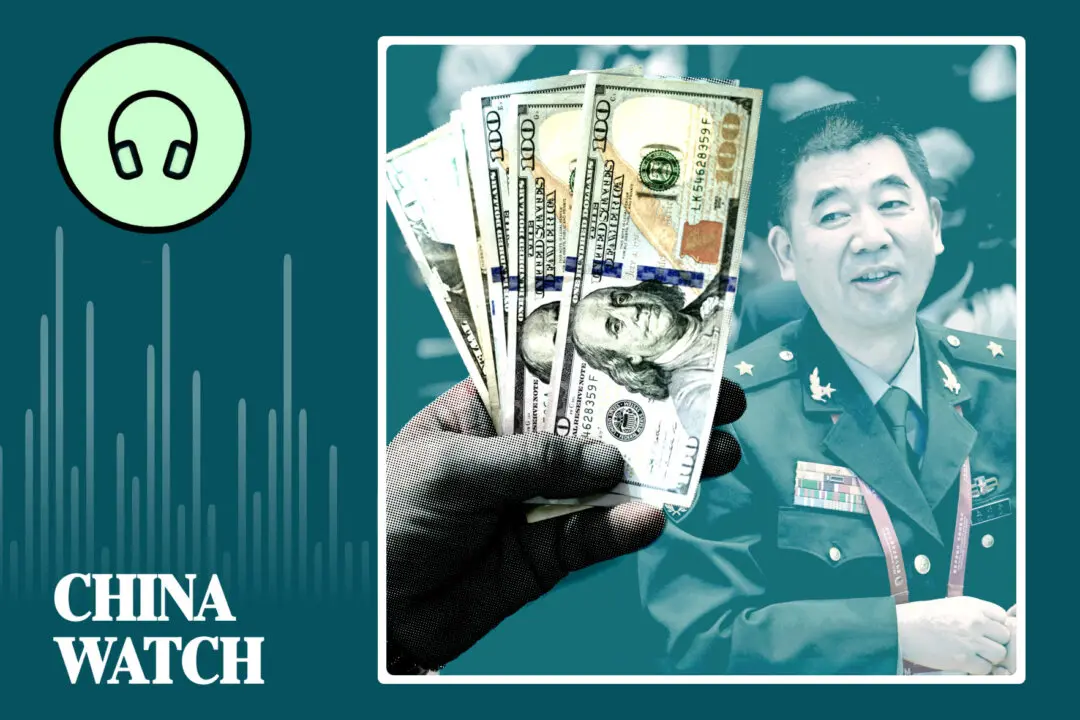On Thursday, the U.S. Department of Commerce announced a semiconductor supply chain review to identify areas of dependence on China and reduce related national security risks.
The Commerce Department already has export controls for advanced chips and chipmaking equipment; the review concerns legacy chips that the department defines as being produced with 28-nanometer technology or larger.




